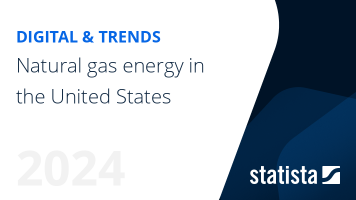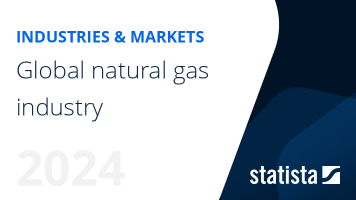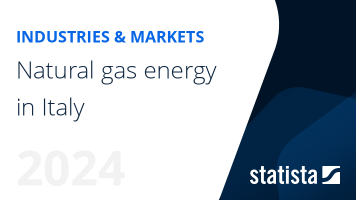Fossil fuels account for roughly two thirds of primary energy consumption in the European Union. Coal was the main source of electricity generation in Europe for more than a century, but its contribution has halved in the span of 20 years, with the
falling to less than 15 percent in 2023. Meanwhile, oil and natural gas continue to play a pivotal role in meeting energy consumption, primarily for heating and transportation fuels.
Changes in domestic energy production
As the threat of climate change poses a major challenge for the world, many countries have seen to reducing the production and use of fossil fuels where possible. Coal is the most emission-intensive fossil fuel and as such many governments have begun to phase out this energy source. This has resulted in
EU coal production dropping to historic lows. Today, Germany and Poland are
Europe’s biggest remaining coal producers.
Oil is the main fuel source in the EU. It is largely used as a motor fuel and to produce petrochemicals. Since resources in the North Sea have depleted,
oil production in the EU has also fallen significantly since the early 2000s. Outside of the EU, Russia and Norway are the leading producers on the continent.
Trading and largest oil & gas producers
Both Russia and Norway are also largely responsible for outbound
gas trade in Europe, with the majority transported via pipelines. Europe is home to some of the world’s biggest fossil fuel companies, such as BP and Shell. These two companies are amongst the
top 10 oil and natural gas companies in the world, although most of their operations are located outside Europe.
This text provides general information. Statista assumes no
liability for the information given being complete or correct.
Due to varying update cycles, statistics can display more up-to-date
data than referenced in the text.











































